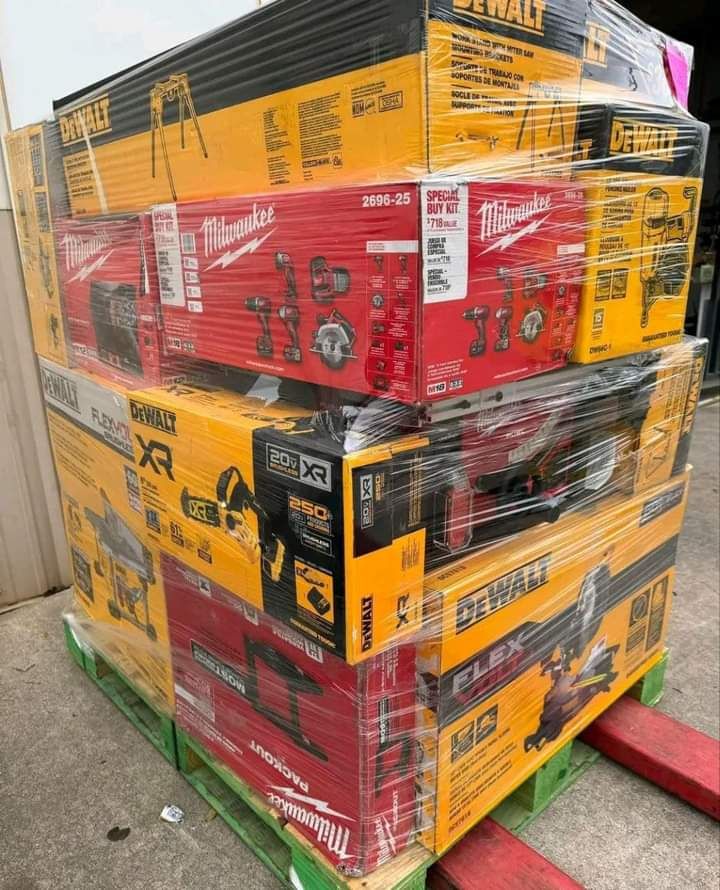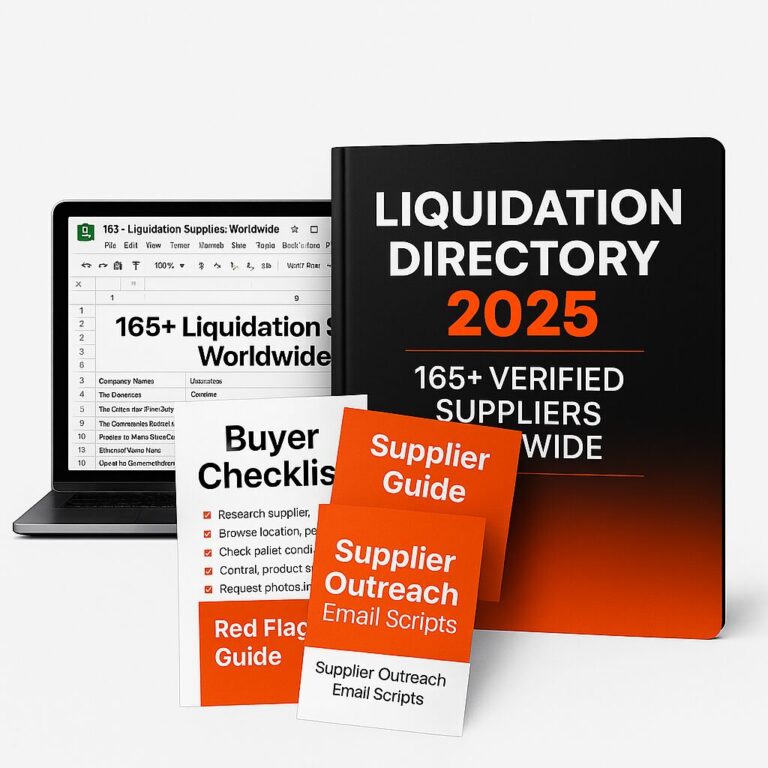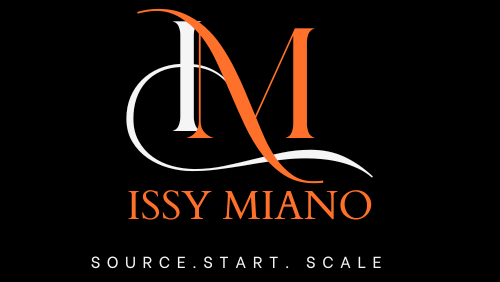How to Start a Resale Business with Liquidation Pallets (Step-by-Step 2026 Guide)

Starting a resale business in 2026 doesn’t have to mean huge capital or complicated supply chains. One of the fastest and most affordable ways to get started is with liquidation pallets — bulk lots of returned, overstocked, or clearance goods sold at a fraction of retail prices.
I started my journey with just one liquidation pallet, and it turned into a business I could scale. In this guide, I’ll break down everything you need to know to launch your own resale business with liquidation pallets — from choosing suppliers to pricing your inventory.
💼 What Is a Resale Business?
A resale business involves buying goods at a low price (in bulk) and selling them individually at a profit. With liquidation pallets, you’re sourcing items such as:
Customer returns
Overstocked or discontinued lines
Shelf-pulls and clearance goods
Slightly damaged or “as-is” merchandise
These can be resold through platforms like eBay, Amazon, Facebook Marketplace, Poshmark, Mercari, or even your own website.
🧭 Step 1: Understand How Liquidation Pallets Work
Liquidation pallets come from major retailers like Amazon, Costco, Walmart, Target, and Lowe’s. They are sold through:
Online marketplaces (Liquidation.com, BULQ, B-Stock)
Direct suppliers and wholesalers (Via Trading, QuickLotz)
Local liquidation auctions and warehouses
👉 Pro Tip: Always check for a manifest (detailed list of items). Manifests give you insight into what’s inside the pallet before you bid or buy.
🔍 Step 2: Research and Choose Your Niche
Before you buy, ask yourself:
What products sell fastest on my chosen platforms?
Can I handle returns if selling electronics?
Am I targeting discount shoppers or premium resellers?
Popular niches for 2026:
Electronics & gadgets (high margins, fast turnover)
Home & kitchenware (steady demand)
Health & beauty (small, lightweight, repeat buyers)
Fashion & accessories (high volume, trend-driven)
👉 UK resellers: Check my list of Top Liquidation Suppliers in the UK for local options.
📦 Step 3: Find a Reliable Liquidation Pallet Supplier
Not all liquidation suppliers are beginner-friendly. Look for:
Transparent manifests
Reasonable shipping fees
Verified resellers (avoid scams!)
Option to inspect pallets or request photos
✅ Recommended Beginner-Friendly Sites:
Liquidation.com – Wide range of categories, auctions
B-Stock – Direct access to Costco, Walmart, Target pallets
Via Trading – Offers international shipping (great for UK buyers)
🛍 Step 4: Set Up Your Resale Platforms
You don’t need a fancy website at the start. Begin with:
eBay → General goods, electronics, branded apparel
Facebook Marketplace → Local pickup, bulky items
Poshmark/Mercari → Fashion, beauty, accessories
Amazon → New or like-new items (strict policies)
Shopify/Own Website → Scale once you’re consistent
👉 Tip: Use clear photos + honest descriptions to reduce returns and build trust.
Step 5: Organize Your Inventory & Operations
Once your pallet arrives:
Inspect & test all items
Sort into categories: “Resell as new”, “Needs repair”, “Donate/discard”
Photograph products (natural light, multiple angles)
Use an inventory spreadsheet or software to track sales
👉 The faster you list and move products, the quicker you recover cash to reinvest.
Step 6: Price for Profit (and Velocity)
Don’t just aim for the highest margin — sometimes selling faster at a slightly lower price means you can flip more pallets.
Formula to calculate profit:
Estimated Sale Price – Platform Fees – Shipping – Product Cost = Profit
👉 Use tools like Terapeak (inside eBay) to check real resale prices.
Risks & Mistakes to Avoid
⚠️ Buying unmanifested pallets as a beginner
⚠️ Ignoring shipping/customs costs
⚠️ Selling restricted items on Amazon/eBay
⚠️ Skipping research on what actually sells

⚠️ Common Mistakes to Avoid
Buying unmanifested pallets as a beginner
Ignoring shipping or customs fees
Selling restricted items on Amazon or eBay
Not testing electronics before listing
Skipping research on what actually sells
FAQs
Q1. How much do I need to start?
Most beginners start with $300–$500 pallets. For truckloads, expect $5,000–$10,000+.
Q2. Can I do this part-time?
Yes. Many resellers start evenings/weekends until they build steady sales.
Q3. Do I need a resale license or business registration?
Some platforms (like B-Stock) require it. Others (like BULQ) don’t. Check supplier terms.
Q4. Can UK buyers purchase liquidation pallets?
Yes — Via Trading and B-Stock ship internationally. You can also use freight forwarders.
🚀 Final Thoughts: Why I Love the Liquidation Business
Starting my resale business with liquidation stock was one of the best decisions I made. It taught me how to move product, manage cash flow, and spot demand. The barrier to entry is low—and the potential is high.
If you’re ready to begin, don’t just jump in blind.
🎁 Download my free “Liquidation Sourcing Starter Checklist” to make sure you’ve got all the steps covered.
👉 Grab your checklist here
And if you’re serious about finding reliable suppliers, don’t forget to check out my Ultimate Vendor List for clothing, beauty, homeware, and more.
💡 Want all the guides in one place? Visit our new Liquidation Hub for everything you need to start a resale business.
